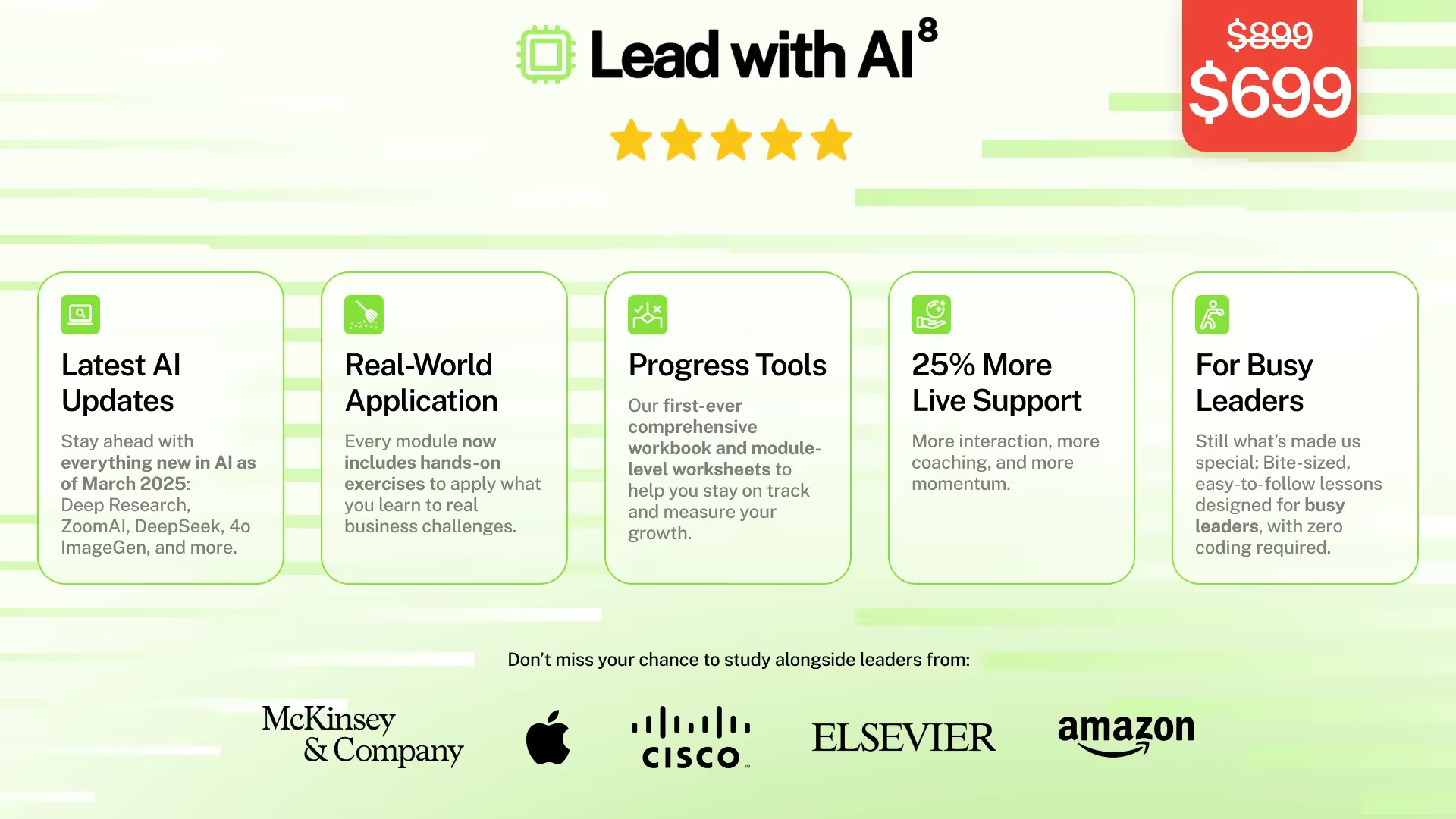We’ve spoken at length about building your AI team.
But a series of articles published over the past week shows that there is a bigger topic to discuss: how to manage AI team members.
And are we ready for it? Not in theory, but in practice.
Let’s dive in.
From Tools to Teammates: What the Data Tells Us
If some data was necessary to convince leaders that AI is here to stay, look no further than Wharton AI Professor Ethan Mollick’s latest experiment.
According to a research paper based on data from a study at FMCG powerhouse Procter & Gamble, individuals with AI performed just as well as a team without AI.

As Mollick shares: “one person with AI could match what previously required two-person collaboration.” This is a massively important finding.
Also important is that people reported better emotional experiences when working with AI: more energy, less stress. As Debbie Lovich shared in our interview, AI is a great tool to bring more joy to work.
But here’s where it gets even more interesting: teams with AI outperformed everyone else, especially when it came to producing top 10% quality solutions.
It’s something I’ve said for a while: AI isn’t just to work faster, it increases the quality of work and expands capabilities.
This is what it means to work with AI—not just use it.
So how, as a leader, do we tap into these opportunities of Human + AI?
The Cost of Inaction
In my experience, the biggest barrier to adoption isn’t fear—it’s inaction.
Even though AI can be a fantastic teammate, most managers today don’t lack access to tools or training. They lack belief.
The fundamental mindset shift is in accepting that AI-augmented work is accelerating faster than any technological shift in recent memory.
As I recounted to a few groups I’m training, we’ve gone from zero to multimodal models, custom GPTs, and even agents in less than three years. Especially in the last six months, we have seen a crazy acceleration of capabilities – and it’s hard to keep up.
But many still don’t see how different the world of work could look in just another 6-12 months.
Just look at how perspectives changed in just 24 hours since OpenAI launched ChatGPT’s new multimodal image generation features.
With incredibly realistic images, previously only possible in specialist tools like Midjourney, and pixel-perfect text without distortions like only Ideogram gave us, people quickly concluded that AI may have just eaten the designer role.
What does this mean for managers who don’t effectively build and manage an AI team, and integrate it deeply with their human one?
Not much good, if you ask me.








